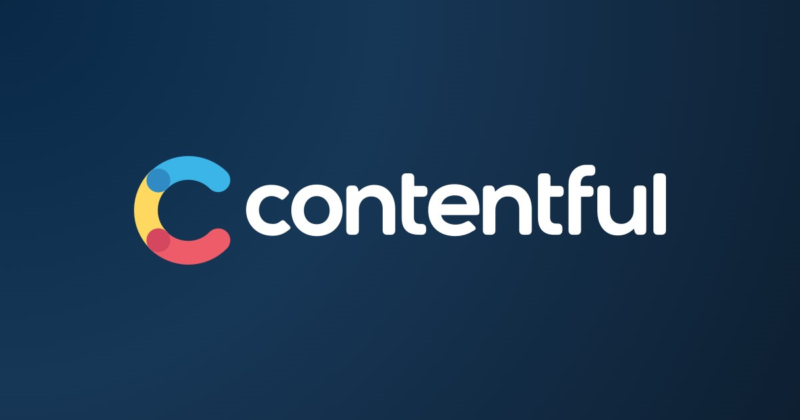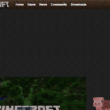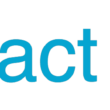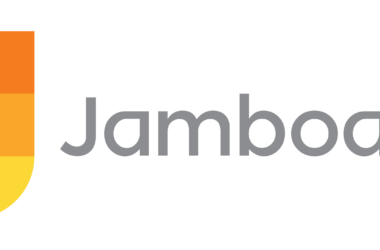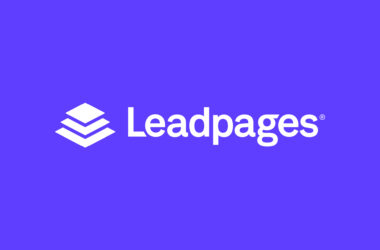In the ever-evolving digital landscape, Contentful has emerged as a formidable player in the realm of headless content management systems (CMS). Packed with features and touted for its flexibility, Contentful has become the go-to choice for many businesses. However, as the digital terrain continues to shift, the need for alternatives arises. In this article, we delve into the intricacies of Contentful, exploring its features, limitations, and what sets it apart. Moreover, we’ll journey through the landscape of Contentful alternatives, shedding light on popular choices and factors to consider when navigating these options.
The Contentful Chronicle

Features that Dazzle
Contentful boasts a myriad of features that have garnered it a devoted user base. From a user-friendly interface to robust API support, it facilitates seamless content management. The content modeling capabilities enable businesses to structure their data efficiently, while real-time collaboration ensures teams stay in sync. Customizable workflows and multi-language support further enhance its allure.
- User-Friendly Interface: Contentful’s interface is designed with users in mind, offering an intuitive experience for content creators and managers. This simplicity reduces the learning curve, allowing teams to dive into content creation without extensive training.
- Robust API Support: Contentful’s API support is a standout feature, providing developers the flexibility to integrate seamlessly with other tools and systems. This robustness empowers businesses to create dynamic digital experiences.
- Efficient Content Modeling: The platform’s content modeling capabilities enable businesses to structure and organize content effortlessly. This ensures a streamlined process for creating, managing, and delivering content across various channels.
- Real-Time Collaboration: Contentful’s real-time collaboration features foster teamwork, allowing multiple team members to work on content simultaneously. This collaborative environment enhances efficiency and reduces bottlenecks in the content creation workflow.
- Multi-Language Support: For businesses with a global reach, Contentful’s multi-language support is a crucial asset. It facilitates the creation and management of content in multiple languages, catering to diverse audiences.
Navigating Limitations
While Contentful stands tall, it’s not immune to limitations. Pricing can be a hurdle for smaller enterprises, and the learning curve might deter those seeking a quick onboarding process. Furthermore, some users find the lack of built-in asset management limiting, requiring additional tools for comprehensive digital asset handling.
- Pricing Considerations: Contentful’s pricing structure, while reflective of its robust features, may pose challenges for smaller businesses with budget constraints. Exploring Contentful alternatives with more flexible pricing models is essential for cost-conscious organizations.
- Learning Curve: The sophistication of Contentful’s features can contribute to a steeper learning curve, especially for users new to the platform. Businesses looking for quick onboarding might seek Contentful alternatives with a more straightforward user experience.
- Asset Management Limitations: Contentful’s focus on a headless architecture sometimes means a separate solution is required for comprehensive digital asset management. For businesses heavily reliant on multimedia content, this may be a factor to consider.
What Sets Contentful Apart
Contentful’s headless architecture sets it apart, decoupling the front end from the back end and allowing for unparalleled flexibility. Its cloud-native approach ensures scalability and a global reach. Yet, the question arises: why explore Contentful alternatives?
The Quest for Contentful Alternatives
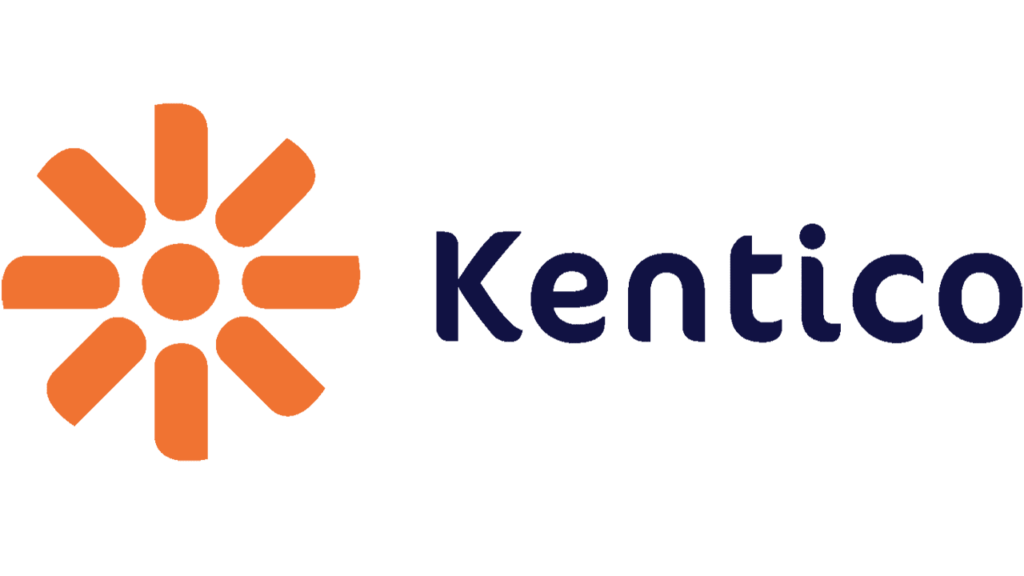
As businesses evolve, so do their needs. Contentful, though powerful, may not be the perfect fit for everyone. The quest for Contentful alternatives is fueled by the desire for tailored solutions, cost-effectiveness, or specific functionalities. Let’s unravel the options that stand as formidable contenders in the world of headless CMS.
1. Tailored Solutions for Varied Business Requirements
Contentful, with its universal appeal, may lack the specificity some businesses seek. Tailored solutions address unique content management needs, ensuring a perfect match for diverse business requirements.
2. Cost-Effectiveness in a Dynamic Market
In a landscape where budget considerations are paramount, businesses are exploring Contentful alternatives that offer cost-effective solutions without compromising on features. Cost considerations extend beyond initial setup, encompassing scalability and ongoing operational expenses.
3. Specialized Functionalities for Industry-Specific Demands
Industries with specific content demands, such as e-commerce, may find Contentful alternatives better equipped to handle their unique challenges. Specialized functionalities cater to industry-specific demands, providing a more focused and efficient content management experience.
4. Adaptability to Emerging Technological Trends
As technological trends evolve, so do the expectations from content management systems. Businesses seek Contentful alternatives that adapt seamlessly to emerging technologies, ensuring they stay ahead of the curve in an ever-changing digital landscape.
Commonly Used Contentful Alternatives For Dynamic Content Management

1. Strapi: The Unleashed Beast of Customization
Strapi is an open-source marvel offering a self-hosted Contentful alternative. What sets it apart is its unparalleled customization, allowing businesses to shape their content management experience. Its RESTful API and dynamic content structures make it a robust choice for those seeking flexibility.
- Unparalleled Customization: Strapi’s strength lies in its customization capabilities. Businesses have the freedom to mold the platform according to their specific requirements, creating a tailored content management experience.
- RESTful API: Strapi’s RESTful API ensures seamless integration with other tools and systems. This interoperability makes it a versatile choice for businesses seeking a connected and cohesive digital ecosystem.
- Dynamic Content Structures: Strapi’s support for dynamic content structures empowers businesses to handle diverse content types efficiently. This flexibility is particularly valuable for organizations with varied content needs.
2. GraphCMS: Navigating the GraphQL Galaxy
GraphCMS takes a GraphQL-centric approach, making it a favorite among developers. With a user-friendly interface, it caters to both technical and non-technical users. Its multi-language support and ease of integration with other tools contribute to its rising popularity.
- GraphQL-Centric Approach: GraphCMS’s focus on GraphQL streamlines data retrieval, making it a preferred choice for developers. This approach enhances efficiency and allows for more precise content delivery.
- User-Friendly Interface: The platform’s user-friendly interface ensures accessibility for both technical and non-technical users. This democratization of content management is beneficial for organizations with diverse teams.
- Multi-Language Support: GraphCMS’s robust multi-language support facilitates content creation and management for a global audience. This feature is especially vital for businesses targeting international markets.
3. Prismic: Slicing Through Content Management
Prismic adopts a slice-based content modeling strategy, providing a unique perspective on content management. Supporting multiple languages and delivering content via a RESTful API, Prismic proves to be a versatile Contentful alternative.
- Slice-Based Content Modeling: Prismic’s slice-based content modeling approach offers a visual and intuitive way to structure content. This strategy simplifies content creation and ensures a coherent representation of diverse content types.
- Multilingual Capabilities: Prismic’s support for multiple languages enables businesses to create content that resonates with audiences across different linguistic backgrounds. This is a valuable feature for global content strategies.
- RESTful API Delivery: The delivery of content through a RESTful API ensures seamless integration with various platforms, extending the reach of content to diverse digital channels.
4. Kentico Kontent: Beyond Content Management, Into Experience
Kentico Kontent offers a cloud-based, scalable solution that extends beyond traditional content management. With support for multiple channels and platforms, it becomes an all-encompassing choice for those seeking an integrated digital experience.
- Cloud-Based Scalability: Kentico Kontent’s cloud-based architecture ensures scalability, accommodating the growing needs of businesses. This scalability is crucial for enterprises experiencing rapid expansion.
- Multichannel Support: Kentico Kontent’s ability to support multiple channels enhances the versatility of content delivery. Businesses can seamlessly engage audiences across various platforms, ensuring a consistent brand experience.
- Integrated Digital Experience: Going beyond traditional content management, Kentico Kontent focuses on delivering an integrated digital experience. This holistic approach aligns with the evolving expectations of modern consumers.
5. Sanity: Real-Time Collaboration Meets Flexibility
Sanity stands out with its real-time collaboration features and a customizable content studio. It’s a developer-friendly option that allows businesses to structure content using a flexible schema. A strong contender for those who value collaboration and adaptability.
- Real-Time Collaboration: Sanity’s emphasis on real-time collaboration facilitates seamless teamwork. Team members can concurrently work on content, fostering a dynamic and efficient content creation process.
- Customizable Content Studio: Sanity’s customizable content studio provides businesses with the flexibility to adapt the platform to their specific needs. This feature is particularly beneficial for organizations with unique content management requirements.
- Developer-Friendly Structure: Sanity’s flexible schema and developer-friendly structure make it an attractive choice for businesses with technical teams. This adaptability ensures that the platform aligns with evolving technical requirements.
6. Directus: The Self-Hosted Dynamo
Directus provides a self-hosted Contentful alternative with a visual interface for content management. Supporting custom databases, it’s a versatile choice for businesses with specific hosting preferences.
- Self-Hosting Freedom: Directus’s self-hosted nature provides businesses with control over their hosting environment. This autonomy is valuable for organizations with stringent security or compliance requirements.
- Visual Interface: Directus’s visual interface simplifies content management tasks, making it accessible to users with varying technical expertise. This user-friendly approach enhances the efficiency of content-related workflows.
- Custom Database Support: Directus’s support for custom databases caters to businesses with unique data storage needs. This flexibility ensures compatibility with diverse technical infrastructures.
7. Netlify CMS: Git-Powered Simplicity
Netlify CMS is a Git-based solution that seamlessly integrates with static site generators. Its simplicity and ease of setup make it an attractive choice, especially for those already leveraging the Netlify hosting platform.
- Git-Based Simplicity: Netlify CMS’s integration with Git simplifies version control and content collaboration. This Git-powered approach streamlines the content creation and publishing process.
- Seamless Static Site Generator Integration: Netlify CMS seamlessly integrates with static site generators, ensuring a smooth workflow for organizations relying on this architecture. This integration enhances the efficiency of static site content management.
- Netlify Hosting Synergy: For businesses already using the Netlify hosting platform, Netlify CMS offers a synergistic solution. The seamless integration ensures a cohesive and unified digital experience.
8. Cockpit: Lightweight and Customizable
Cockpit, a self-hosted CMS, prides itself on being lightweight and customizable. Supporting various data types, it’s a straightforward contentful alternative for those seeking simplicity and flexibility.
- Lightweight Architecture: Cockpit’s lightweight architecture ensures minimal resource usage, making it an efficient choice for businesses seeking optimal performance. This feature is particularly valuable for resource-conscious organizations.
- Customization Capabilities: Cockpit’s emphasis on customization allows businesses to tailor the CMS to their specific requirements. This flexibility ensures that the platform aligns seamlessly with unique content management workflows.
- Support for Various Data Types: Cockpit’s support for various data types accommodates diverse content formats. Whether dealing with text, images, or multimedia, businesses can manage an array of content effortlessly.
Factors To Consider While Choosing The Perfect Contentful Alternative

1. Scalability and Performance
When exploring Contentful alternatives, assess the scalability and performance to ensure they align with your business’s growth trajectory. Consider the impact on load times and user experience.
- Scalability Assessment: Evaluate how each Contentful alternative handles increasing data and user loads. Scalability is crucial for businesses anticipating growth, ensuring a seamless experience for both content creators and end-users.
- Performance Optimization: Consider the performance optimization features of each Contentful alternative. Efficient handling of requests, quick load times, and overall system responsiveness contribute to a positive user experience.
2. Cost and Affordability
Evaluate the pricing structures of alternatives, keeping in mind your budget constraints. Some platforms may offer more cost-effective solutions without compromising on features.
- Transparent Pricing: Look for platforms with transparent and flexible pricing structures. Consider the total cost of ownership, factoring in any additional fees or charges, to make an informed decision based on your budgetary constraints.
- Scalability and Pricing Alignment: Ensure that the pricing aligns with your business’s scalability plans. Some Contentful alternatives may offer tiered pricing that scales with usage, providing a cost-effective solution for growing enterprises.
3. Customization Capabilities
Examine the level of customization each alternative provides. Tailor your choice based on the specific needs of your content management workflows.
- Tailored Solutions: Seek alternatives that allow for extensive customization. The ability to tailor the platform to your unique requirements ensures a content management system that aligns seamlessly with your business processes.
- Flexible Content Modeling: Evaluate the flexibility of content modeling within each Contentful alternative. Customizable content structures empower businesses to represent their content in a way that suits their specific goals.
4. Integration Ease
Smooth integration with existing tools and workflows is crucial. Choose an alternative that seamlessly fits into your tech stack, reducing friction in the implementation process.
- API Integration: Assess the API integration capabilities of each Contentful alternative. A robust API ensures smooth communication between the content management system and other tools in your technology stack.
- Plugin Ecosystem: Explore whether each Contentful alternative has a rich ecosystem of plugins and extensions. This ecosystem can enhance integration capabilities and provide additional functionalities as needed.
5. Support and Community
Consider the support options and the strength of the user community. A robust support system and an engaged community can be invaluable when facing challenges or seeking guidance.
- Customer Support Channels: Evaluate the availability and responsiveness of customer support channels. Prompt and helpful support can significantly impact issue resolution and overall user satisfaction.
- Active User Community: A vibrant and active user community indicates ongoing development and support for the platform. Forums, documentation, and community-driven resources can be valuable assets for troubleshooting and learning.
Navigating the Seas of Content Management
In the quest for the perfect Contentful alternative, the digital seas are vast and varied. Each option comes with its own set of strengths and considerations. As businesses embark on this journey, armed with insights into Contentful’s nuances and a treasure trove of alternatives, the path to dynamic content management becomes clearer. Choose wisely, for the right alternative can unlock a realm of possibilities for your digital endeavors.




